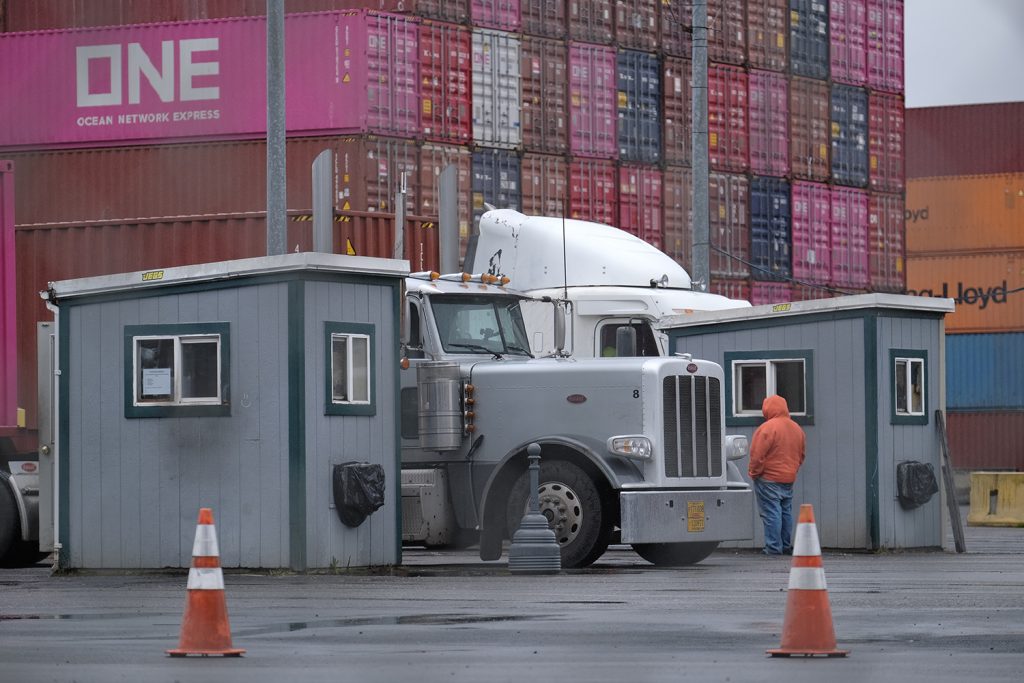The COVID-19 global pandemic has transformed the global economy and will likely change the way industry does business for decades to come. With 40 million filings for unemployment benefits in last ten weeks and an employment rate of 14.7 percent in the United States, the world’s biggest economy is surely shrinking. By the second quarter of 2020, the Group of Seven (G7) countries may account for almost 305 million lost jobs due to the shutdown. The data increasingly suggests that the global workforce will not return to pre-pandemic levels of production and employment in the short-run, as had been assumed for months. What is certain, however, is that companies will increasingly rely on technology—the digital workforce—to improve productivity in the wake of these challenges. The tempo to adopt the innovations of the Fourth Industrial Revolution is increasing and the timeline for the World Economic Forum’s prediction that “humans [will] account for only 48 percent of workforce by 2025” will likely come sooner than expected. When all is said and done, the COVID-19 global pandemic will restructure the way global companies conceive of digitalization and virtual business.
Traditional industry was under heavy pressure to improve productivity through digitalization long before the onset of the COVID-19 pandemic. Now, the longevity of corporates in retail, travel, financial services, and real estate is in severe question, as disruptions by the COVID-19 pandemic have wreaked havoc on productivity. After COVID-19, remodeling business operations and digitalization will be necessary for survival.
Fundamentally, the definition of digitalization itself is changing. Digitalization has long been conceived as “the use of digital technologies and digitized data to impact how work gets done, transform how customers and companies engage and interact, and create new (digital) revenue streams.” This traditional model primarily focuses on enhancing productivity. But global industry now faces an increasingly unpredictable global landscape. Disruptions introduced by the COVID-19 pandemic now necessitate that digital remodeling focuses on also maintaining workflow as much as enhancing it.
Within this context, global supply chains and the entertainment industry serve as two ideal case studies for how industries can use digitalization to cope with the current business climate; the former has an opportunity to close the gap and improve, while the latter is already innovating ways to attract more consumers.
Recent disruptions of global supply chains are well documented. The pandemic has impacted 75 percent of supply chains for US companies. The supply of essential goods like food and medicine continue to come under heavy pressure and have prompted both policymakers and industry leaders to question the security of relying on a single major supplier, such as China. Instead, many are now looking to bolster supply chains by diversifying across multiple countries and building redundancies into supply networks. According to a recent report by Bristlecone, by the fourth quarter of 2020 many companies will study consumer behavior pattern and move to digitally optimize their logistics operations while building an online presence. These changes are likely to outlive the immediate pandemic. Corporations that have enough resources to digitalize sooner than later will likely come out profitable once the lockdown relaxes.
At an aggregate level, the global supply chain also needs a reset. Current global trade in goods is worth $18 trillion each year, and supply chain and logistics management costs about $12 trillion. Despite its immense value, the global goods trade is in need of modernization and digitalization. Most of the global goods trade is still dependent on paper documentation and manual handling that reduces potential productivity by 15 percent. Just by digitalizing the global trade and eliminating the delays due to manual handling of goods transportation, we can add $1.8 trillion per annum to the global goods trade. Therefore integration of the global supply chain through digitalization will be required for an economic rebound and future productivity growth.
A recent study by the World Economic Forum identified that the gains in gross domestic product (GDP) from reducing supply chain barriers like lowering transaction costs are much higher than from lowering tariffs. In fact, the Forum has also suggested a series of solutions to digitalize some key components of the global goods trade. Deemed “Logistics Internets,” the five digital networks could transform global trade with systems that establish global trade identities, shared visibility, port call optimization, financial flow, and customs cross border interoperability. These systems would increase the interoperability of the global supply chain systems by using uniform code and multi-compatible systems, thus reducing the cost of trade. If the logistics and supply chain companies act in cohesion on this initiative, they may be able to attract multilateral bodies like the World Trade Organization (WTO) to help expedite this process by including member countries, especially emerging markets that end up paying the higher cost of trading goods.
While global companies are identifying gaps in supply chain logistics that have been widened due to the pandemic and discussing possible solutions, market pressures pandemic have also pushed companies across the entertainment industry to innovate their digital operations. Given the high demand for streaming content and intense competition between platforms, many companies are investing in new techniques in data analytics and artificial intelligence to court consumers. These new methods include recommendation engines which suggest viewing options based on data analysis driven by the consumer’s behavior, enticing them to join the platform with customized information solutions. In addition, many streaming platforms are also weighing the tradeoffs between private and public cloud services to ensure streaming without disruption. A private cloud can offer a dedicated server to the streaming platform that can be managed remotely.
Some segments of the entertainment industry are better prepared to endure the impact of the pandemic than others. The last decade has witnessed a consistent rise in the subscription model for online streaming platforms like Netflix and Hulu, leading to a strong performance for the industry in recent months. In fact, HBO Now has witnessed a 65 percent increase in series “binge” viewing in April and May and a 70 percent increase in movie watching. According to a recent report by Tech Mahindra, “Netflix’s year over year subscription growth in the United States and Canada is expected to more than double as compared to the previous estimates.” Network TV ratings saw a spike in viewership, though this may drop when channels start to rely on reruns. This increase in activity has spiked internet data consumption, and there are worries that internet speeds could take a hit. While telecom operators have suggested fixes such as offering standard definition as an alternative to high definition to ease data consumption, data providers will eventually have to increase distribution bandwidth and better technology infrastructure—like 5G equipped infrastructure—to keep up with the content circulation.
While the entertainment and logistics industries provide only a small snapshot of the larger global economy, both amply demonstrate the pressures the COVID-19 pandemic has exerted on global businesses to innovate. The pandemic has necessitated a massive push towards digitalization, modernization of traditional industry, and a growing embrace of emerging technologies. Digital transformations of business which have long been weighed but not yet implemented have suddenly become an existential priority not only for businesses, but also for government functioning and multi-lateral institutions like the WTO. Amongst all the gloom around the pandemic, this transformation of global industry is possibly a silver lining that will continue to revolutionize global business long after the pandemic ends if we manage to implement it correctly.
Ridhika Batra is the vice president of corporate affairs, Americas for the Mahindra Group, and is a nonresident senior fellow with the Atlantic Council’s South Asia Center. Follow her at @batraRidhika on Twitter.
Further reading:
Image: A truck driver checks their cargo into the Northwest Container Services facility in Portland, Ore., on March 27, 2020. The facility which transports as many as 70,000 containers by rail annually between Portland, Tacoma, and Seattle has seen delays as a result of the novel coronavirus outbreak. (Photo by Alex Milan Tracy/Sipa USA)



